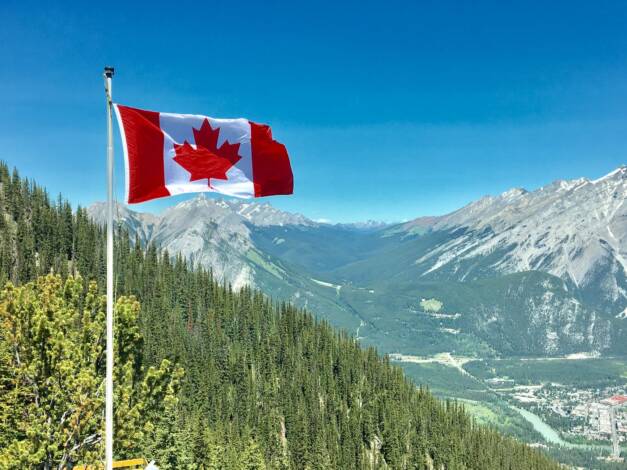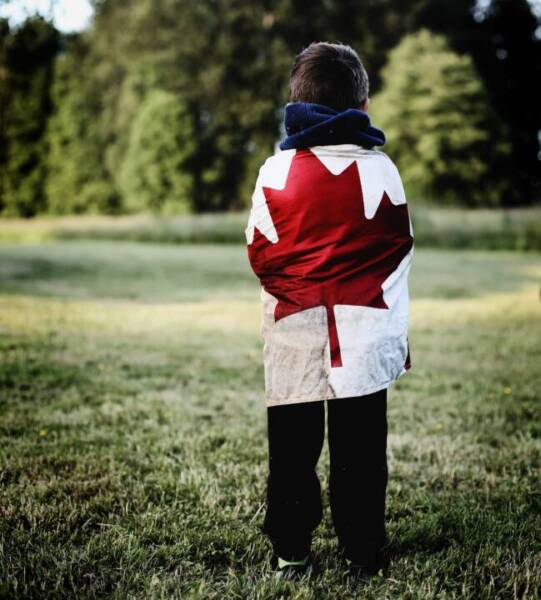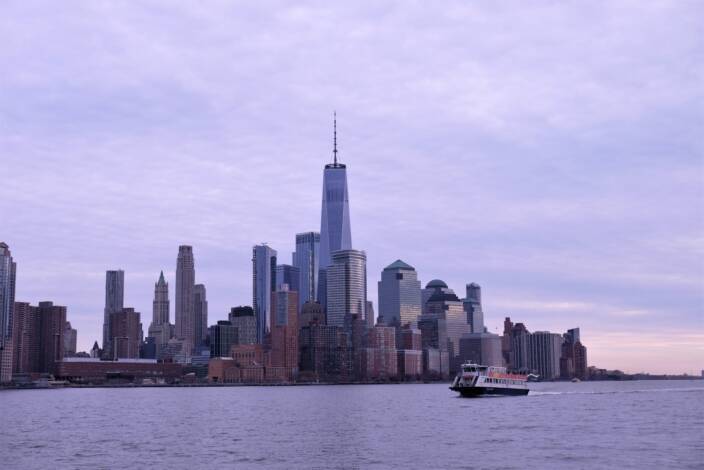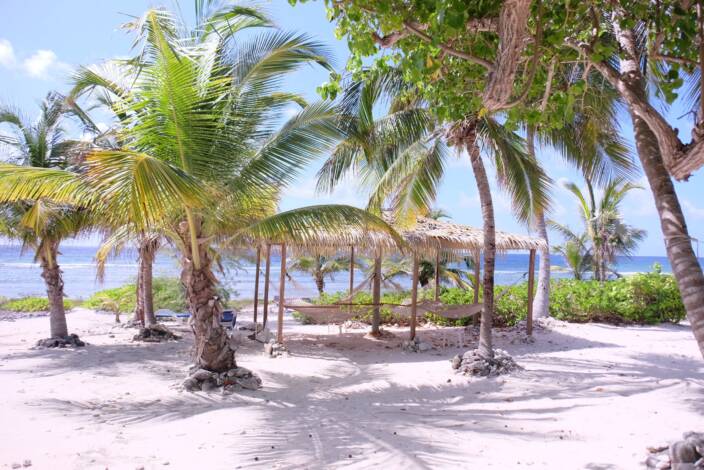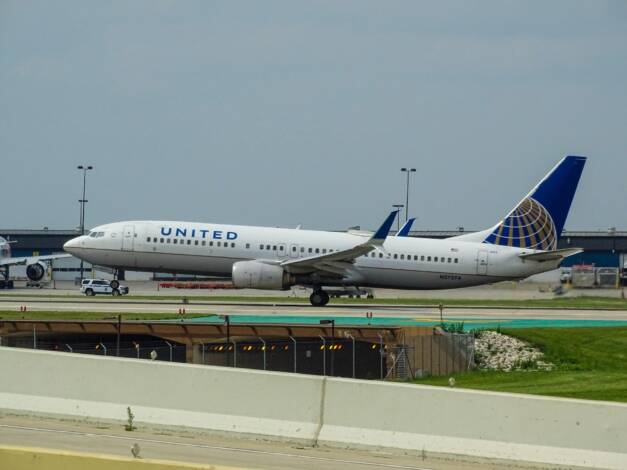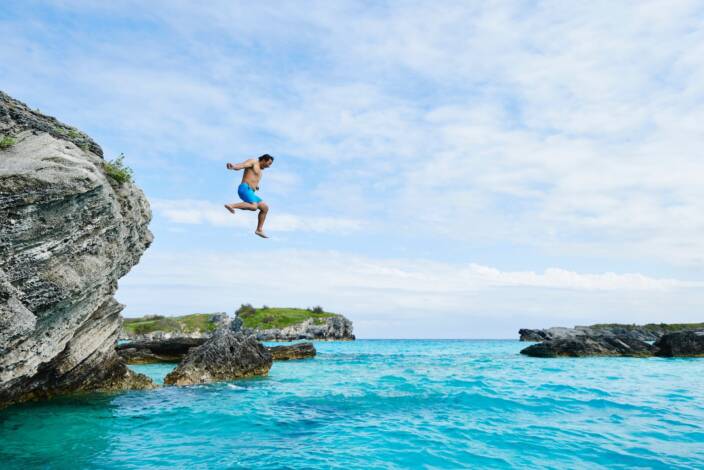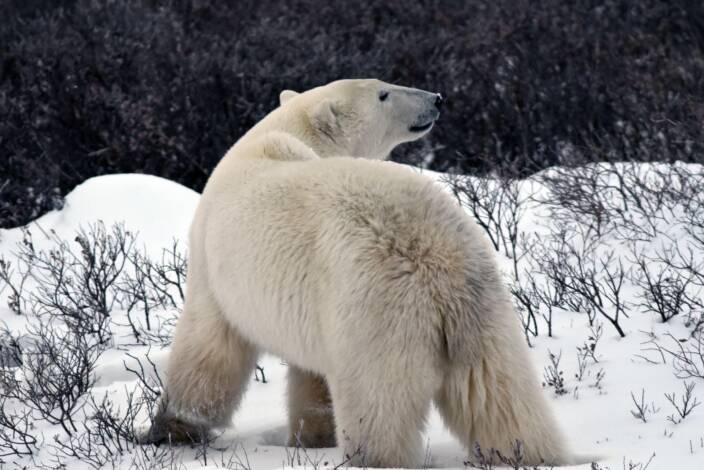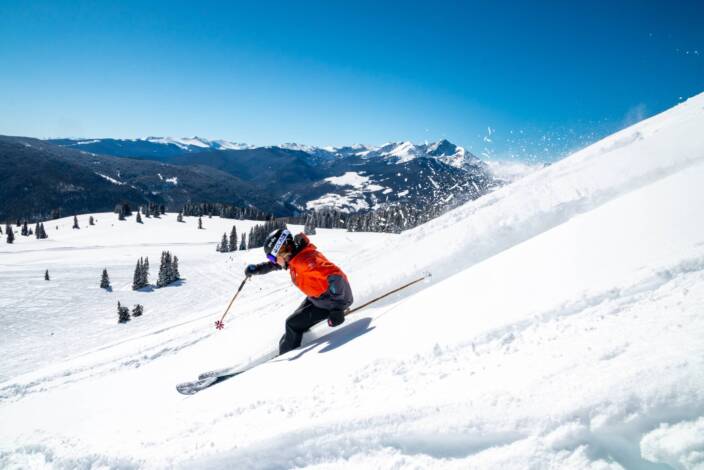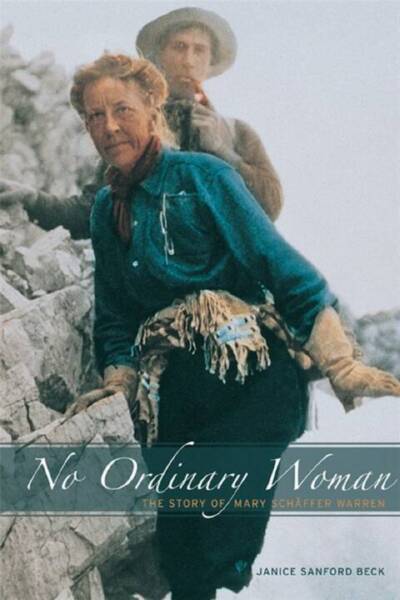
International Women’s Day: A Look at Some Pioneering Canadian Women
March 5, 2021 Jim Byers
One of my favourite things about travel is exploring small town museums. Oh, I love the Louvre and MOMA and the Art Gallery of Ontario. They’re amazing. But small town museums tend to collect great stories about interesting, often quirky, individuals. They don’t have paintings by Monet or stained glass from Marc Chagall, but they’ve got great people. And often great women.
In honour of International Women’s Day (Monday March 8) here are a few pioneering, strong, independent Canadian women I’ve read about on my travels.
ALBERTA
The history of Alberta is filled with rich stories of pioneer women; women who had it far tougher than the men but who made names for themselves that live on today.
If you wander the small but lovingly arranged and attractive Canmore Museum you’ll find great stories about women hikers and a tiny fireball of a woman named Mary Rodda.
Rodda’s husband managed the rough and tumble Canmore Hotel for some time but died in 1952. Undeterred, Rodda took over and ran the place with an iron fist for 16 years, fending off all sorts of hooligans and drunkards and lord knows what else.
“She had a presence that demanded respect from both quarrelsome miners and government officials,” according to an inscription in the museum, and you can almost picture this tiny woman behind the counter staving off trouble with a stern look, or maybe her hand on a very large stick.
The museum storyboard says local inspectors “were not pleased that a woman was managing the bar, (but) did eventually grant her a liquor license, making her one of the first women in Alberta allowed to run a bar.”
The hotel website said she would sometimes climb on a chair and stand between two fighting miners to calm frayed nerves. There’s a likeness of her doing just that on a wall outside the hotel.
A few kilometers up the road is the Whyte Museum in Banff, where I was fascinated by stories of women settlers who lived among the natives and hunted and gathered and fended off bitter winter weather in no doubt hugely primitive cabins in the woods. Mary Schaffer Warren, a Pennsylvania Quaker, first came to Alberta in 1889 and made repeated visits. Her husband, Charles, and her father and mother all died within six months of each other. But she found peace in the Rockies and was inspired to finish a botanical guide she and Charles had started on the flora of the region. With the help of guide Billy Warren, she developed tremendous outdoor skills and is said to be the first non-aboriginal woman to wander through what are now Banff and Jasper National Parks.
Schaffer was such an accomplished photographer, artist and writer that the Canadian government asked her to do an official survey of Maligne Lake in 1911. There was a book written about her called No Ordinary Woman, but it sounds like a pretty good movie plot to me.
Also at the Banff Museum you’ll find great stories about Elizabeth Von Rummel, a baroness who lived a life of luxury in Germany but had her home severely damaged in world War I. She came to Alberta after the war and lived on a ranch in the foothills near Millarville. In 1938, at age 41, Von Rummel rode by horseback into Mount Assiniboine Lodge and got a job as a chambermaid. She ended up running the lodge as well as famous Skoki Lodge, making hundreds of loyal friends and earning The Order of Canada, which is so cool. She also mentored the infamous Hans Gmoser, the guide who founded Canadian Mountain Holidays.

YUKON
One of the great things at the MacBride Museum of Yukon History in Whitehorse is to read up on pioneer women who made their mark in a male-dominated Yukon society.
Lucille Hunter is said to have been one of the first black women in the Yukon. She arrived from the US, 19 years of age and pregnant, yet still took the tough Stikine Trail to the Yukon with her husband.
They stopped at Teslin Lake long enough for her to have the baby, which they named Teslin. Reports say they continued on to Dawson City, arriving before most other gold-seekers and staking a claim on gold-rich Bonanza Creek.
After her husband Charles died in 1939, Lucille kept operating gold claims in Dawson and silver claims near Mayo. The settlements were some 200 kilometres apart, but she walked from Mayo to Dawson City for supplies, and then back again every year until she was no longer able to handle the hike. She ended up operating a laundry in Whitehorse.
Another story talks about Martha Louise Black, a wealthy woman from Chicago who left her sons behind in the US and came to the Yukon with her brother, traversing the dangerous Chilkoot Trail.
She went to England with her husband in 1916 to help the Allied efforts in World War I and set up a fund to comfort Yukon soldiers fighting in Europe.

She also worked to catalog Yukon flora and was made a fellow of the Royal Geographical Society for her efforts.
When her politician husband, George, became sick, she ran for public office in his place and was elected to the Canadian legislature at age 70.
They say she campaigned on foot across much of the Yukon and became the second woman elected to the Canadian Parliament.
“Martha Black had style and spirit,” the display read.
“Northerners appreciated these qualities and made her a legend.”
ONTARIO
The Port Dover Harbour Museum, has great tales about local pioneers, including Abigail Becker. The story goes that Becker on one stormy November day saved the life of seven sailors who were shipwrecked on the shoals of Long Point, where she lived in a one-room cabin with several children. Her husband was away, and Becker is said to have waded into chin-high water to save the sailors’ lives.
They say Becker loved few things more than sitting in the shade of her cottage, sitting in her rocking chair and smoking a pipe. She raised 17 children alone after her husband died. Damn, I wish I could’ve met her.
About the Author


